Most of the time we find it hard and difficult to handle our child and make them concentrate on one task at a time. Unfortunately, most parents don’t know the importance of introducing mindfulness to kids.
Just like adults, kids grow physically, mentally, and emotionally with time. However, unlike adults, some feelings or ideas are new to them and they may find it difficult to be mindful of their surroundings and people around them.
Suddenly, they may experience pressure and may not know how to deal with it. This is where parents come in to help their children understand and practice the act of mindfulness to achieve more in life.
This ultimate guide will provide you with the beneficial information about mindfulness for kids and how to instill it in your child.
What is Mindfulness in Kids?
In simpler terms, mindfulness in kids is the practice of implementing a gentle and accepting attitude in children. Mindfulness means giving your full attention to something making it the opposite of multitasking or rushing.
Parents may have a hard time with this as most children around the age of 3 to 5 have difficulty focusing on just one task. This is a normal trait for children around that age. For this reason, teaching children how to be mindful, to slow down and focus on what they are doing will be hard.
3 Components of Mindfulness and How They Impact Kids
Mindfulness is a term with a much broad and deeper meaning. It comprises of 3 components, all of which can have great a impact on children.
1. Present-Moment Attention
People who are more aware of their present moment are believed to feel much happier and better than people who don’t. Shifting your attention from one thing to another all at the same time eventually stresses you out as you begin to think of different things.
Eventually, the anticipation for future events becomes something like regrets for the past, the same can be apply for kids. Most of the time we experience our mind wandering off and it leaves us burned out, the same can be said for a child.
To avoid this, teach your kid to focus on breathing occasionally and shift their attention to their surroundings. Find something they can focus on, whether it is a plant or some animals on the street.
2. Non-Judgmental Acceptance
Having to withhold judgments is also strongly linked to a certain decrease in negative emotions. This might be a bit hard for kids as they are still growing and do not have a full grasp of understanding right from wrong. However, this is one thing you should teach your child, to not label any experience, person, or ideals as good or bad. Instead teach them about respect.
When you accept an idea, a person, or even an experience, it does not mean you are becoming one of them or will be taking in their ideals, No, you are accepting and being respectful. This might be something that your children should know.
3. Acting with Awareness
Being mindful is not only about focusing on one task, but also having a proper awareness and intention about your surroundings. This might be too much to teach a kid especially since a child often can read a person’s emotion. However, as they grow older, you should instill the practice of being aware of another person’s emotions.
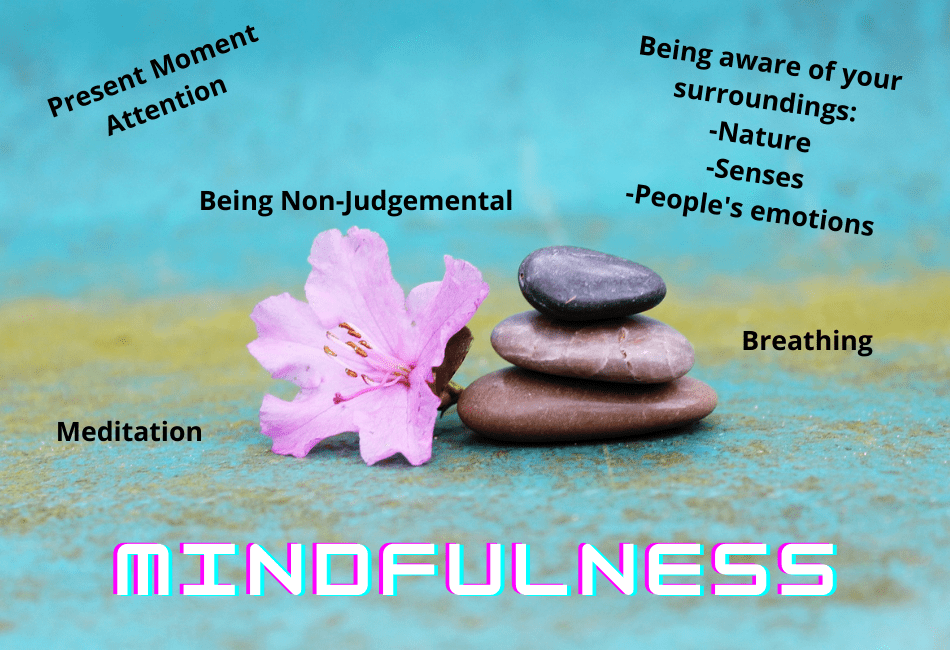
Examples of Mindfulness Kids Activities
There may be more mindfulness activities you can do for your kids in the long run. In this article, we will look at the simplest form of mindfulness for kids activities that you can try with your child.
The I Spy Game
This is a simple game where you would not be needing any tools but different environments every time you play. You could sit on a bench while playing or stand up running. The game is simple and involves stating something you see and then let the kids search where you saw that object, item, or animal. This will help them be aware of their surroundings while also using their senses.
Sense Meditation
When you meditate, the most preferred environment is a quiet one although some people find it easier to meditate even in the noisiest areas. One mindfulness meditation for kids is asking your child to cite each sound and smell that comes to them after a few seconds or even a minute. However, you should not practice this activity for a long time since kids tend to feel agitated after a long time of just sitting and meditating.
Darth Vader Breath
This is an exercise that is done by breathing in deeply through your nose and keeping your mouth shut while exhaling from the back of your throat. The exercise releases a Darth Vader style noise. You should practice doing it before showing it to your children so that they would follow what you do instead of just reading the instructions to them.
Aside from these exercises, you could also try watching one of the recommended videos listed below.
Examples of Mindfulness for Kids
Listed below are some of the examples on mindfulness that will help you understand what it is for kids.
- Try to visualize a snow globe, once it is shaken up, the snows are all over it that represents your consciousness when you are stressed out. Your priorities are all over the place and multitasking seems hard most times. However, when you let the snow globe go and let the snowfall down, you are at peace. Breathing helps you be at peace and helps you think at a much clearer pace. This allows you to organize your thoughts and priorities.
- Another example can be when you get ready to take a serve in volleyball. As you hold the ball in your hand, you breathe in deeply and wait for the whistle to blow before serving the ball. As you breathe in you also notice your surroundings, where your teammates and opponents are. Also, the sounds inside the gym seem to get to you.
- Mindfulness in kids can also come in an example of them finishing their homework earlier.
Self-Esteem and Confidence Journal
A journal that promotes a growth mindset, gratitude and mindfulness. Grab your kids a copy and complete a few pages each day.
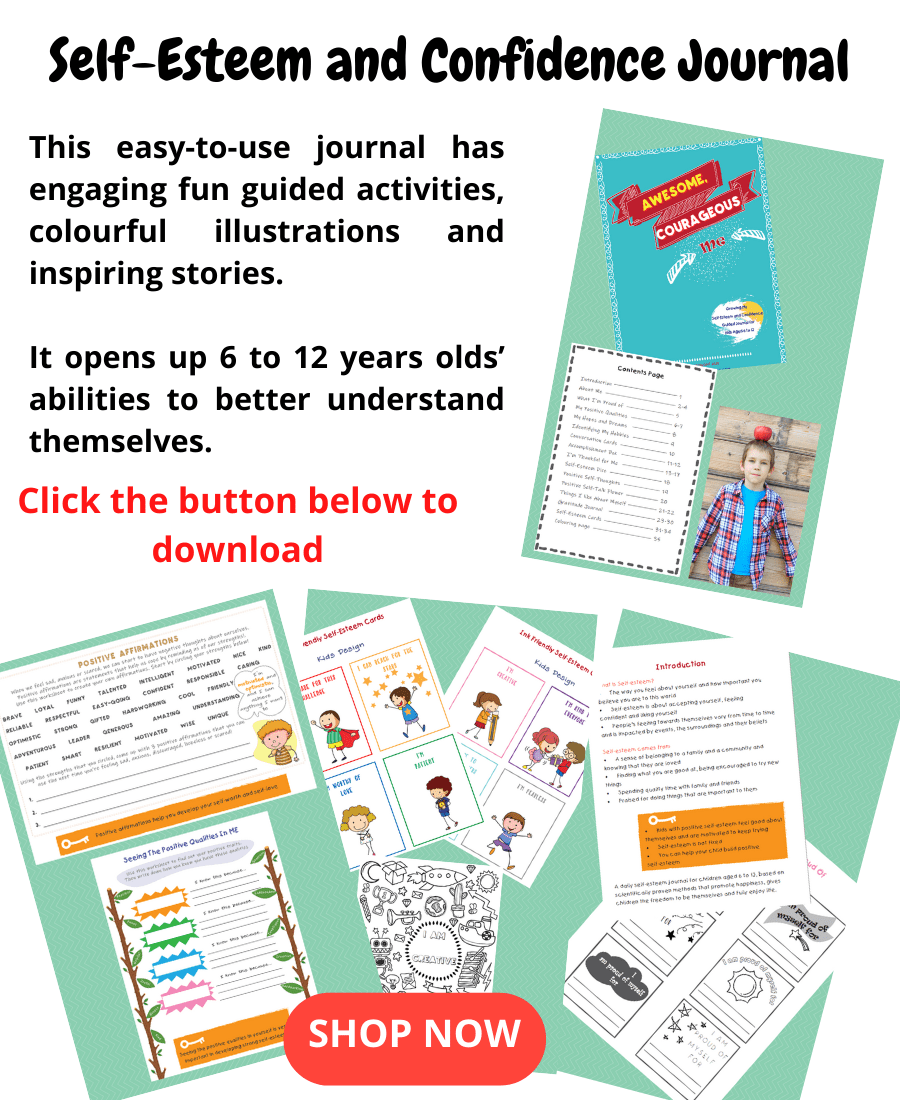
Benefits of Mindfulness for Students and Kids
Here is a list of benefits of mindfulness for students and kids.
Improves Attention Span
Mindfulness helps children to be less distracted and focus on one thing at a time. This will also become a core value for them as they grow up and it will help them to discover what they need to prioritize first.
Stay Calm Even Under Stress
Mindfulness always instills the value of remaining calm, even when going through stressful situations. Even under pressure, they will know what exercise they need to do to avoid stress. This value will greatly help them as they get older and face many stressful situations.
Helps Them Not Get Upset
They will have a much wider and broader perceptive about things. They’ll also avoid judging and will look at the two sides of the coin before making a move. This can help them not to expect too much and be disappointed in certain things. As a result, it will lessen the possibility of them getting too upset when plans do not go the way they want it.
Grows Patience
Instead of being impatient, they will learn that it is better to think things thoroughly instead of rushing to decide or finish a task that was given to them. They learn to be patient and go throughout the process to achieve the desired results.
Listen Better to Others
When your child knows how to be mindful, they will be able to build up the necessary social links to their peers and make new friends and acquaintances.
They will be able to get along well with other people if they are a listener. Of course, when this likely happens you should also listen to them as listening is a matter of giving and take.
Improves Their Physical Health
Being mindful helps reduce body pain while also lowering high blood pressure. It is also stated to have improve the symptoms of conditions like psoriasis which is a skin disorder characterized by bumpy red patches with white scales growing in your skin.
Improves Mental Health
It also helps with adults in addressing stress, anxiety, and depression issues as well as improving the sleep of people diagnosed with Insomnia.
Greater Well-Being
A child’s capacity to be mindful also lowers the possibility of them having anxiety, stress, post-traumatic symptoms, and even depression. As they gain a healthy mind, the possibilities of them getting mental disorder is lowered.
Improves Cognitive Outcomes
Mindfulness can help your child get cognitive outcomes such as higher school grades and active classroom participation. This is because they have better attention and focus and can retain the memory of what they had learned longer.
Feel Happier and Enjoy More Things
As your child learns to accept their surroundings, they become happier and enjoy things much better. This helps them cope with difficult situations in life and they are able to get back on their feet faster.
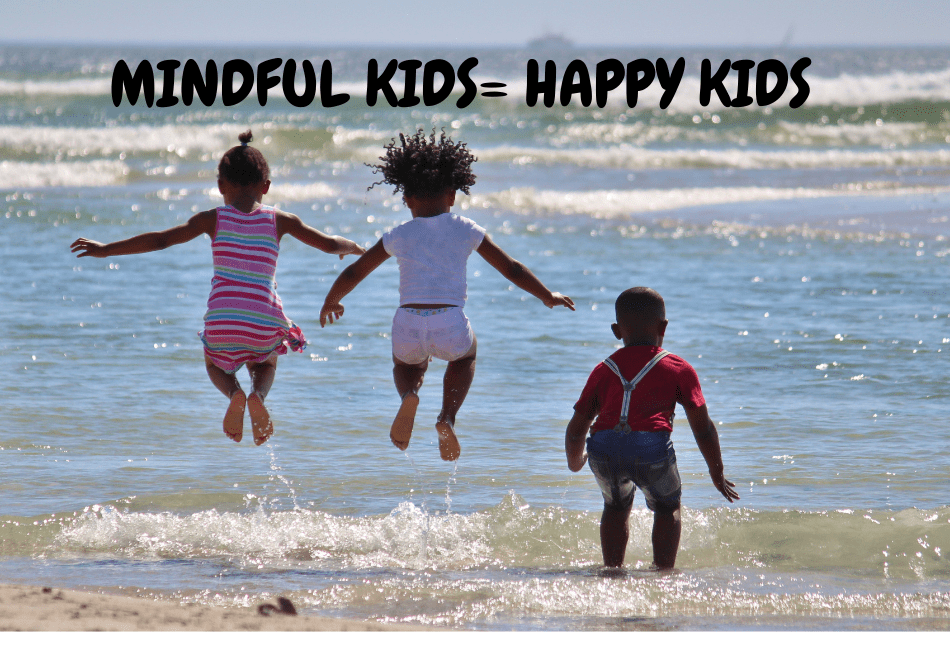
How to Explain and Teach Mindfulness to a Kid
Kids have this instinct where they follow what they see and do what people around them are doing. You can therefore take advantage of this to teach and explain mindfulness to your child. Here is how:
- Mindfulness begins with you, as a parent you should also learn what and how mindfulness works to be able to teach it. You know your child better than anyone else. Therefore, use the knowledge and intuition you need to guide them about being mindful.
- Keep your mindfulness practices short, children tend to take in new information quite nicely when they are not overloaded. This would eventually lessen the pressure they are feeling.
- Never force the mindfulness practice on them, instead make them interested in it. May it be mindfulness meditation for kids or any activity, make it seem fun this would help pique their curiosity about the activity you are doing. Once a child starts getting curious you could assure that they would be doing it with you the next time.
- Breathing focus – breathing in and out is a simple mindfulness exercise for kids that you can use to calm your mind and would make you able to focus on one thing.
How to Explain and Teach Mindfulness to a Toddler
Mindfulness for toddlers is almost the same as that of kids. However, for them, it begins at home as they have not yet begun going to school. When they start going to school, they will be able to exercise mindfulness more. Mindfulness for kid’s activities and mindfulness exercises for kids are also taught in some school.
For toddlers, belly breathing exercise is much more recommended rather than simple breathing exercises. Make them lie down while having something on top of their belly, ask them to focus on it moving up and down as their breaths go in and out. If your toddler has breathing difficulties such as asthma or lung disease, choose a more comfortable method for them.
Mindfulness for toddlers is not only be achieved by sitting still, but it can also be achieved even when they are doing their necessary daily activities. Even when they are just eating, brushing their teeth, or even just by having them take a shower. It will require them to pay full attention to all the senses that are involved in their daily activities.
Recommended Mindfulness Videos for Kids
Listed below are some of the recommended mindfulness resources for parents to help you gain more knowledge about what mindfulness is. This would also give an easier grasp of what kind of activities you should do with your child.
- Inner Kids video– Susan Kaiser Greenland on YouTube
- Be the Pond l Cosmic Kids Zen Den – Cosmic Kids Yoga on YouTube
- Mindfulness Meditation for Kids – New Horizon on YouTube
- Mindfulness for Kids: What does being present mean? – Fablefy on YouTube
- The Listening Game; Cosmic Kids Zen Den – Cosmic Kids Yoga on YouTube
- Guided Meditation for Children – New Horizon on YouTube
- Mindful Eating: Mindfulness Exercise for Kids with Chocolate – Go Strengths on YouTube
- Peace Out Guided Relaxation for Kids – Cosmic Kids Yoga on YouTube
- Mindfulness for Kids: Loving-Kindness Practice – Fablefy on YouTube
How to Practice Mindfulness at Home
The home is the place where your child first encounters things and learns what it is like to live in the present. Our kids learn from us, what we do and what we say. Ultimately, what they see and hear from us will become their habit.
It is only natural to practice mindfulness here first before anywhere else. As parents, it is also your responsibility to be their first teachers, the ones who should teach mindfulness to your own kids.
Eating Mindfully
When you are eating make sure to dedicate your full attention to that sole activity, doing other things while eating can lead to a bad habit and might lead to indigestion in most cases. As the saying goes, When you eat, you eat. When you drink, drink.
Observe Breathing
Breathing is already a natural occurrence; you might not notice however that it has rhythm. Try to pay attention to your body when you breathe in and out. It also would help you take your mind out of unnecessary problems in the meantime.
Pay Attention to Your Senses
We are not given the five senses for anything. Each sense has a use if you could only pay attention to it more you would notice that every little thing counts.
Pause, Think, Go
Every time you make a decision or take an action, pause for a second or even a minute before moving forward. Pausing gives your brain enough time to calculate multiple possibilities of what could be just judging from the decision you are making.
Meditate Daily
Meditating certainly will not cost you anything, do it daily even if it’s just a minute or two, you will see later on how you could be at peace even in times of distress. Also, be sure to encourage meditation in kids as this will greatly impact how your child looks at things in life.
References
- 18 Mindfulness Games, Worksheets, and Activities for Kids. (2020, October 12). Retrieved October 18, 2020, from http://positivepsychology.com/mindfulness-for-kids/
- An introduction to mindfulness for young people. Retrieved October 18, 2020, from https://www.alustforlife.com/tools/mental-health/an-introduction-to-mindfulness-for-young-people?gclid=CjwKCAjwrKr8BRB_EiwA7eFapjMevX-4C6-DSm1n5vfgKqo1kG_mzlEZd0f7n5a5Zp9gzZJgowKC1xoC82sQAvD_BwE
- Lyness, D. (Ed.). (2017, November). Mindfulness (for Kids) – Nemours KidsHealth. Retrieved October 18, 2020, from https://kidshealth.org/en/kids/mindfulness.html
- Plotkin, R. (2019, November 06). 3 Components of Mindfulness & How They Impact Our Mood. Retrieved October 18, 2020, from https://technologyformindfulness.com/3-components-of-mindfulness-how-they-impact-our-mood/
- Santilli, E. (2016, September 02). 10 Easy Ways You Can Practice Mindfulness. Retrieved October 18, 2020, from https://www.huffpost.com/entry/10-easy-ways-you-can-practice-mindfulness_b_8069422
- facebook.com/mindfulmazing. (2020, May 11). How to Teach Mindfulness to Kids – At Any Age. Retrieved October 18, 2020, from https://www.mindfulmazing.com/how-to-teach-mindfulness-to-kids/
- Cultivate Mindfulness at Home: Stress-Reduction for the Whole Family, from https://porch.com/advice/mindfulness-at-home
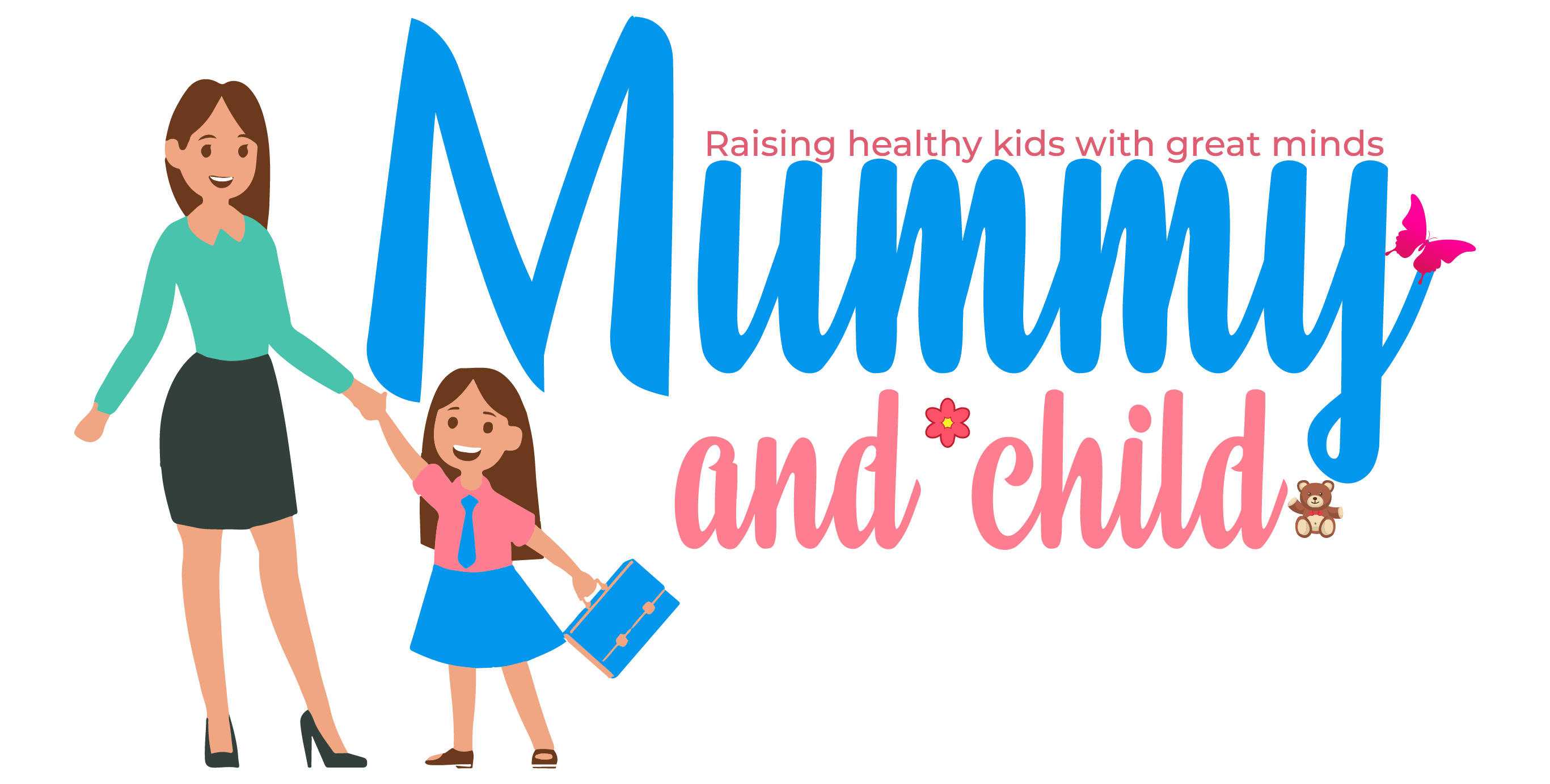
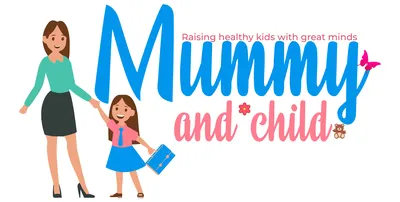

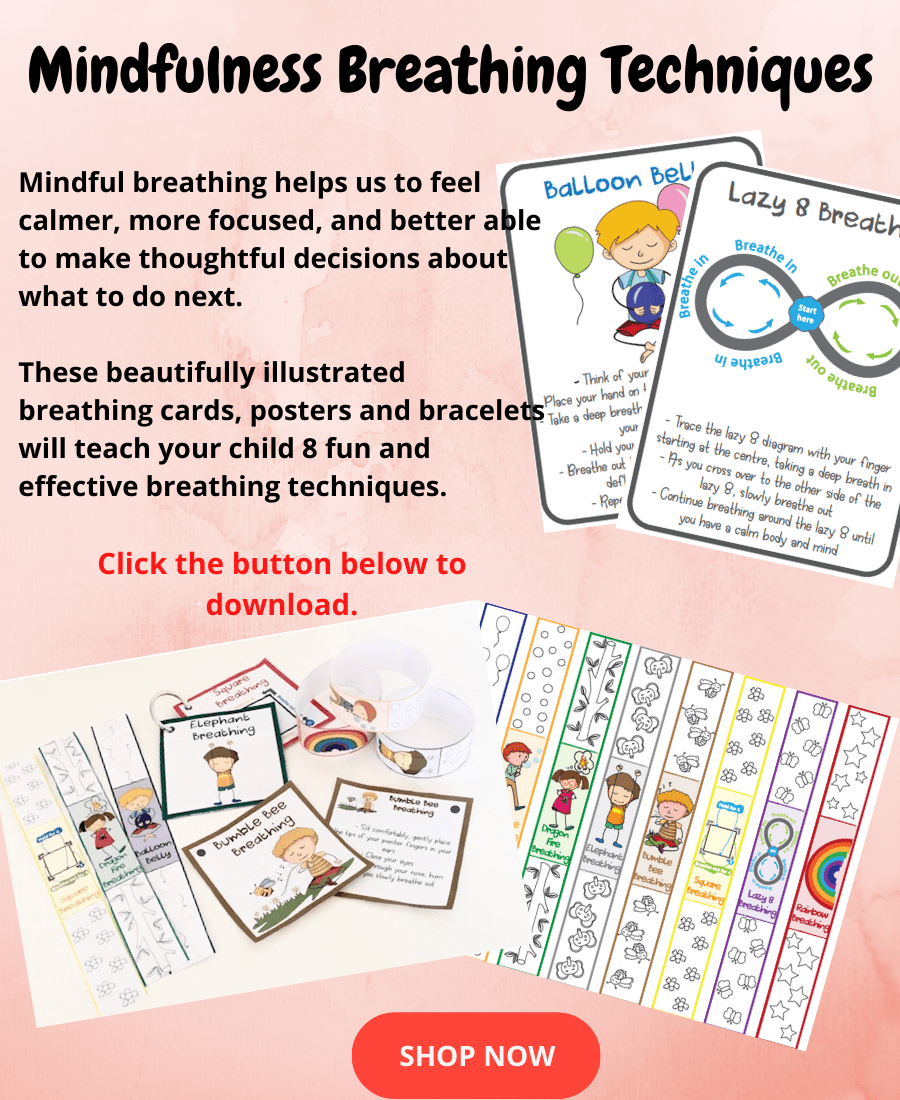
Comments are closed.